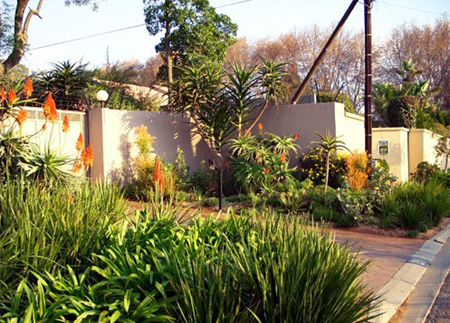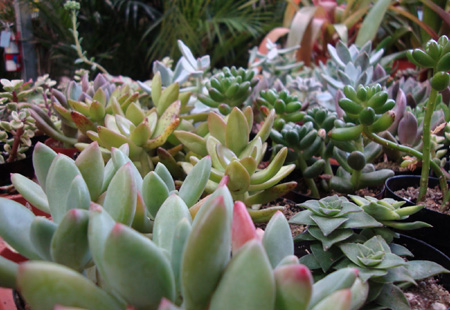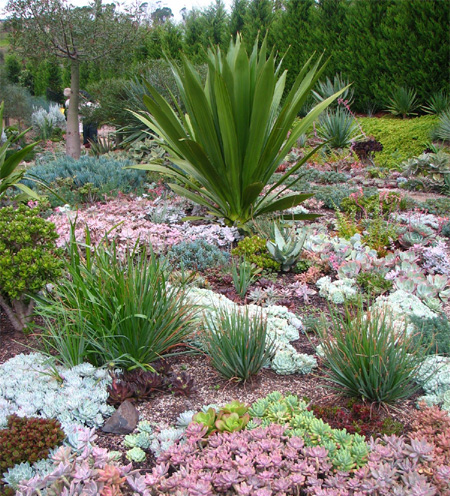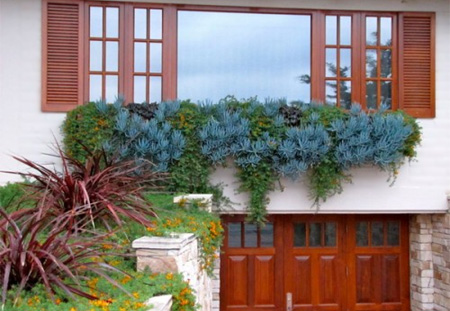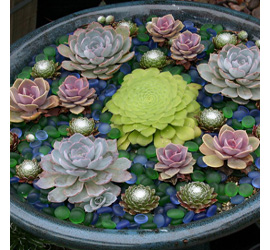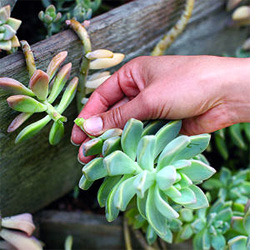Water-free garden - almost!
Time seems to be passing faster or perhaps it's just that we move faster, but at the end of the day there seems to be little or no time left for relaxation and taking time out. We spend more time in traffic - work all day - and spend even more time to get home. Weekends are spent shopping and going here and there, or running the kids around.
scapeman.co.za
One of the easiest and interesting groups of plants to establish in the garden are indigenous plants and succulents. With global warming upon us and increasing concern about water-wise gardening, these little suckers (excuse the pun!) become more a attractive choice for your garden.
Succulents require very little water to survive, in fact, moisture is stored within the plants themselves to allow survival in arid, dry conditions. They do, however, appreciate periodic watering.
Create a feature or focal point in a garden
Every garden - small or large - should have at least one feature or focal point, and succulents in a sloping rock bed, an empty water fountain or bird bath, or in an arrangement of pots, are an easy way to introduce interest, colour and texture without a lot of hard work.
Succulent plants work well with one another in the landscape.
Indigenous plants and succulents require little or no attention during the course of their life, other than a bed or pot of soil that drains well and occasional watering. Leave them alone and let them grow into a profusion of colour and texture. You can grow succulents in or outdoors as long as the plants have plenty of light to prevent straggly growth. Most require either filtered sun most of the day or 1 to 2 hours of direct sun each day.
Propagation of succulents is as easy as caring for them; remove a tip from an adult plant and allow this to dry out for 2 to 3 days and then place in a light layer of soil. Before you know it, roots will start to appear.

